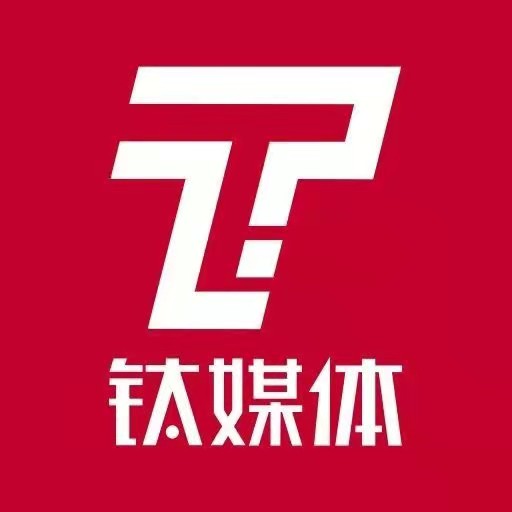
AsianFin -- After years of promises, the commercialization of Robotaxi services may finally be approaching. Pony.ai co-founder and CEO James Peng has repeatedly said 2025 will be the "first year of mass production" for its autonomous driving initiative, the Kunlun Project.
But its latest financials tell a more cautious story: revenue from paying Robotaxi passengers tripled year-on-year in the second quarter, yet the business still represents only a sliver of Pony.ai ’ s overall income. Investors weren ’ t impressed — shares fell 3.5% in U.S. trading after earnings were released on Aug. 12.
In the second quarter of 2025, Pony.ai reported revenue of 154 million yuan ( $21.5 million ) , up 76% from a year earlier and 54% from Q1. The biggest driver came from its "Licensing & Applications" unit, which surged more than 900% to 74.6 million yuan on the back of rising demand for robot delivery services and sales of its autonomous domain controller products.
By contrast, revenue from its Robotruck division fell nearly 10% to 68.2 million yuan as the company restructured operations to prioritize higher-margin opportunities.
Robotaxi revenue rose 158% to 10.9 million yuan, with passenger fares tripling year-on-year. Still, the segment accounted for just 7.1% of total sales.
On profitability, Pony.ai reported gross profit of 24.8 million yuan, reversing a loss a year ago. Gross margin rose to 16.1% from -0.3%. But heavy R&D and operating expenses pushed its net loss wider to 380 million yuan, up 70% from a year earlier.
Despite mounting losses, Pony.ai is doubling down on Robotaxi as its core growth engine. The company revealed for the first time that its fleet has surpassed 500 vehicles, including more than 200 seventh-generation Robotaxis produced since June. Management says it is on track to hit 1,000 vehicles by the end of this year.
Pony.ai also operates paid, fully driverless services across Beijing, Shanghai, Guangzhou, and Shenzhen — covering more than 2,000 square kilometers. International pilot programs are underway in the Middle East, Europe, and Asia.
CEO James Peng has set ambitious goals: deploy over 1,000 Robotaxis by 2025, scale to 10,000 within three years, and reach profitability between 2028 and 2029 when its fleet exceeds 50,000. By 2030, the company expects the Robotaxi market in China to reach 200 billion yuan, with autonomous taxis making up more than 30% of ride-hailing trips.
Pony.ai ’ s progress comes as global rivals accelerate their own Robotaxi rollouts. Tesla plans to launch public Robotaxi services in Austin, Texas, in September, while Chinese players such as WeRide and Baidu ’ s Apollo Go are also vying for scale.
But challenges remain. Level 4 autonomous driving still faces technical, regulatory, and — perhaps most importantly — safety hurdles. Any incident could erode consumer trust overnight.
For now, Pony.ai ’ s Robotaxi revenue surge offers a glimpse of potential. But until mass deployment, profitability, and consumer trust align, the "dawn" of Robotaxi commercialization may still be just that — a dawn, not yet daylight.
